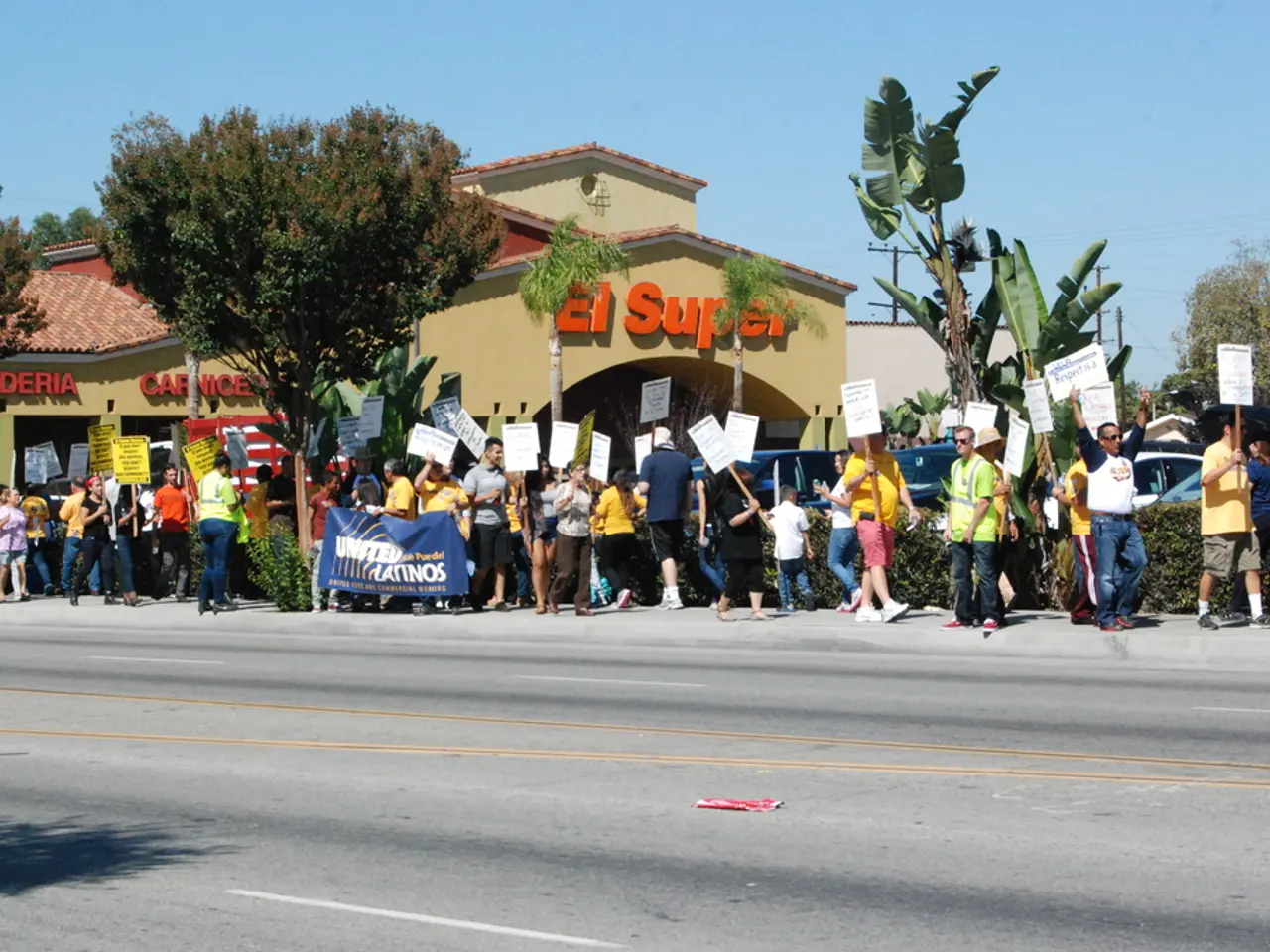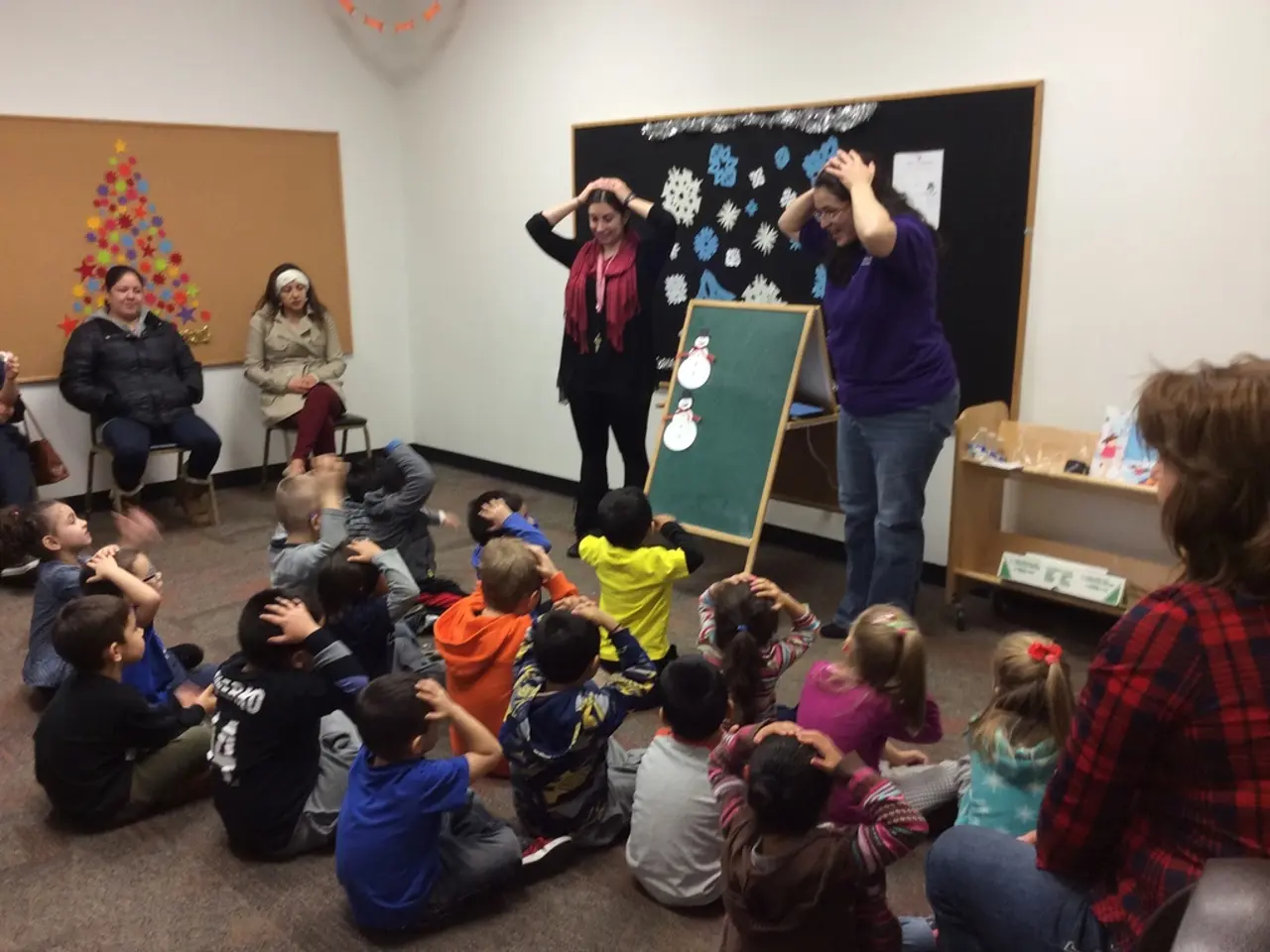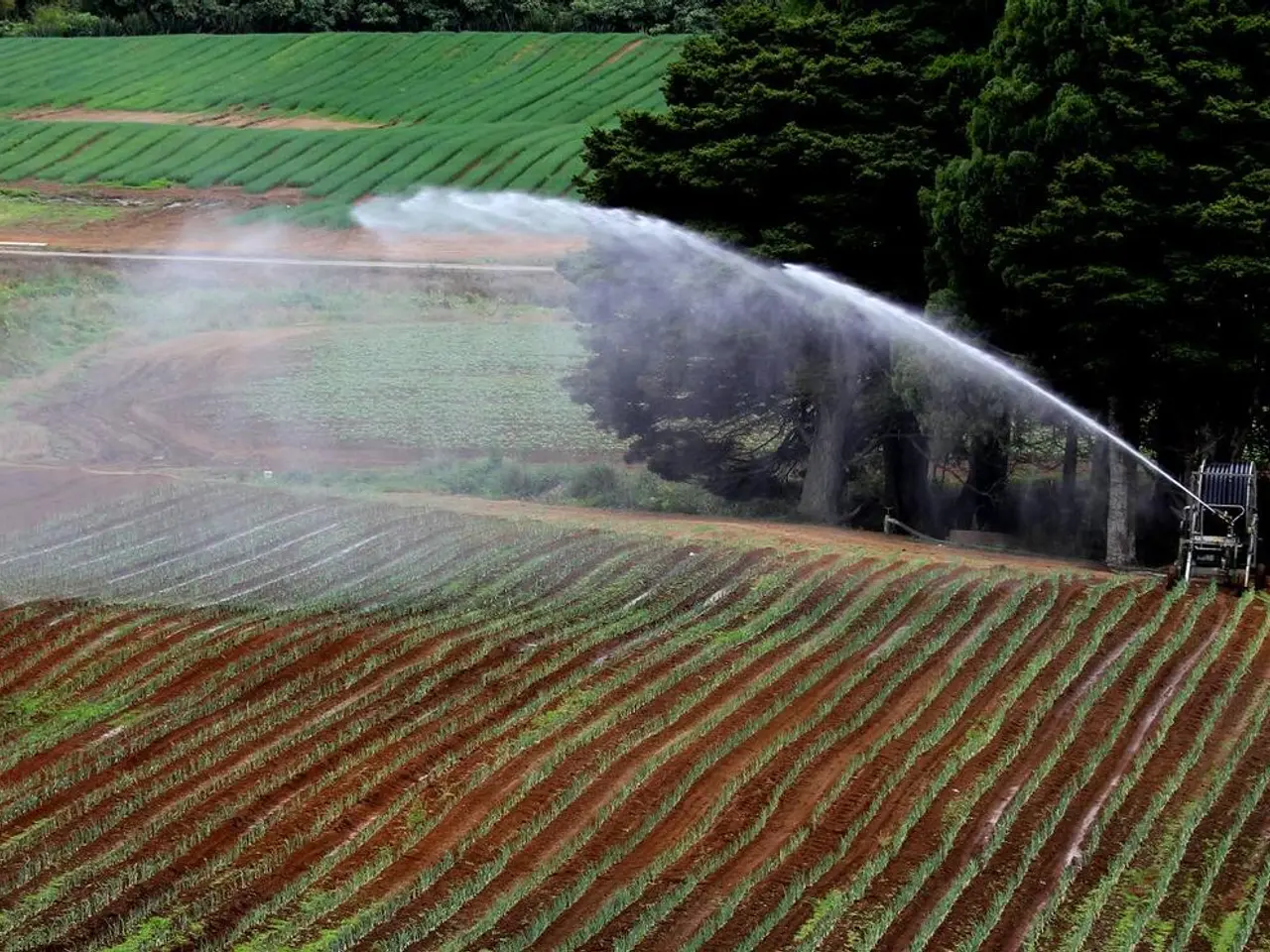University of Massachusetts Lowell's Polling Analysis: Examining Swings in Voter Preferences
In the dynamic world of politics, voter shifts play a crucial role in determining election outcomes. These shifts can be attributed to a variety of factors, including candidates' policies, personalities, past actions, external events, societal trends, cultural shifts, and economic conditions.
One of the primary ways voter shifts occur is through changes in voter turnout and vote switching. These shifts are often seen in the form of three groups: those who switch their vote from one party to another, those who drop off (voted previously but abstain now), and new or returning voters who did not vote before but participate in the current election. For instance, in the 2024 U.S. presidential election, nearly a quarter of eligible voters changed their behavior compared to 2020, contributing to President Trump's narrow victory despite losing in 2020 [1].
Another significant factor influencing voter behavior is social-group identity and short-term influences. While long-term partisan identification tied to social-group identity remains a foundational influence, there has been a shift towards partisan dealignment, where fewer voters maintain fixed party loyalties, making elections more susceptible to short-term influences like campaign events, candidate characteristics, and current issues [2]. Voters’ perceptions of candidates’ governing competence and issue positions play a critical role, especially for independent and swing voters who often decide competitive elections.
Changes in demographics (age, race, gender, socioeconomic status) also strongly influence voter behavior and election competitiveness. For example, growing populations of young voters or minority groups in certain states can shift these areas from stable strongholds to swing states, altering overall electoral outcomes [3]. The gender gap is another significant demographic factor: since 1980, women have voted at higher rates than men and have tended to support Democratic candidates more strongly, influencing recent election results notably [3].
Economic conditions also impact voter behavior and electoral choices. States with diverse economies or those facing economic challenges like unemployment may swing between parties depending on perceived economic management [4]. Economic well-being, job security, and industry vitality can motivate voter turnout and preference shifts in key battleground areas.
Understanding these factors is crucial for strategizing and tailoring campaign messages to resonate with the changing demographics of society. Polling methods, such as exit polls, in-person interviews, telephone surveys, and online polls, are used to gather data on voter preferences, each with its own strengths and limitations. Sample size plays a crucial role in ensuring the accuracy of polling data, with larger samples generally leading to more representative results.
In sum, elections hinge not just on fixed loyalties but on an evolving mix of turnout, demographic shifts, economic contexts, and campaign dynamics that together determine who wins or loses at the polls [1][2][3][4]. These shifts have the potential to shape the outcomes of future elections significantly.
[1] Pew Research Center. (2021). U.S. Election 2020: Exit Polls. Retrieved from https://www.pewresearch.org/fact-tank/2021/11/03/u-s-election-2020-exit-polls/ [2] Fiorina, M. P., Abramowitz, A., & Pope, N. J. (2011). Challenging the political class: The decline of expertise in American politics. Oxford University Press. [3] Prior, M., & Klement, F. (2014). The age gap in American politics. Oxford University Press. [4] Gelman, A., King, G., & Mueller, B. (2016). Red state, blue state, rich state, poor state: Why Americans vote the way they do. Oxford University Press.
- In political contests, shifts in voter behavior significantly influence election outcomes, with factors like vote switching and changes in voter turnout among key influences.
- Voter behavior can also be impacted by social-group identity and short-term influences, as many voters move away from traditional party loyalties and become more susceptible to short-term factors.
- Changes in demographics such as age, race, gender, and socioeconomic status significantly affect voter behavior and election competitiveness, as growing groups like young voters or minorities can change the political landscape.
- Economic conditions also impact voter behavior, as states with diverse economies or facing economic challenges may alter their electoral choices.
- Understanding these factors is essential for devising effective campaign strategies, and polling methods are employed to gather data on voter preferences.
- Larger sample sizes help ensure the accuracy of polling data, making the results more representative.
- Elections can hinge not only on traditional party loyalties but on a dynamic mix of turnout, demographic shifts, economic conditions, and campaign dynamics that collectively decide the election winners or losers.
- Understanding these shifts can provide significant insights into the possible outcomes of future elections.
- Research, news, and media coverage of elections often focus on data, statistics, trends, and polling results to understand voter behavior, issues, and opinions.
- Some vital issues in current politics include media behavior, research methodology, voter sampling, and the use of technology in campaigning.
- General news coverage, interviews, and surveys are important sources of information about voter opinions, elections forecasts, and the political landscape.
- As politics continues to evolve, the dynamic interplay between voter behavior, elections, and campaign strategies will remain a key area of interest for researchers, the media, and the public.







